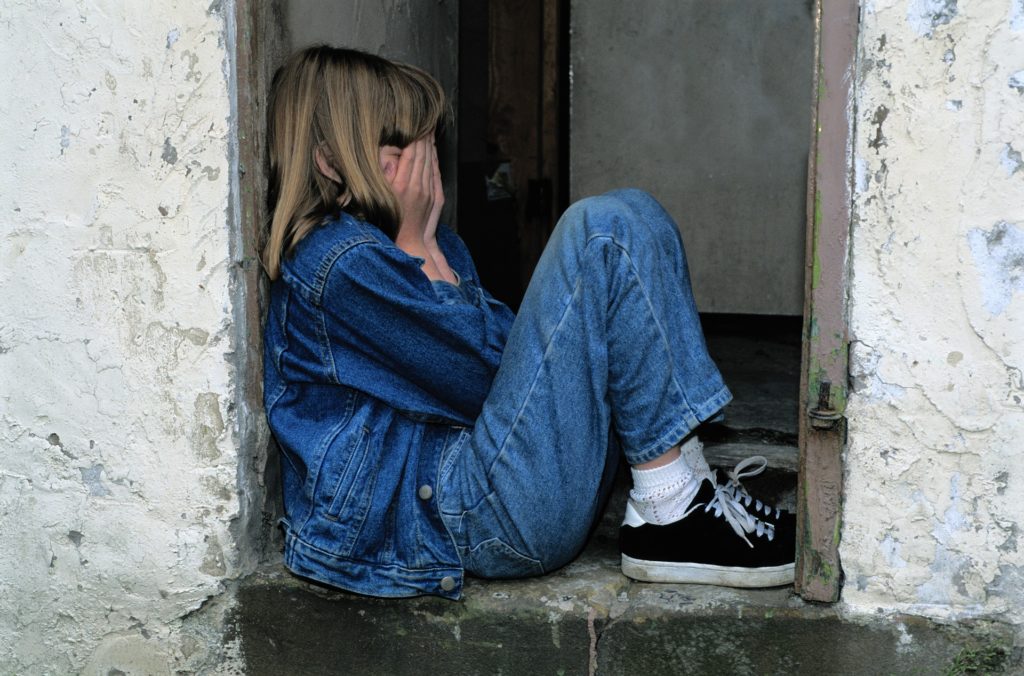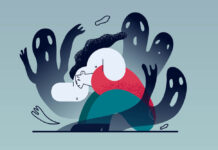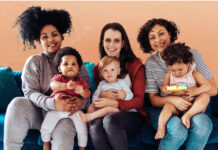Recently published research out of the University of Montreal looks at the effect that being in an out-of-home placement between the ages of 2-6 can have on psychiatric diagnoses and criminal convictions in young adulthood. This study, published in The Lancet Child & Adolescent Health, finds increased odds of psychiatric conditions, higher rates of psychotropic medications, and criminal convictions in children who were placed in out-of-home care.
Previous research has shown that children and adolescents who are placed in out-of-home care have worse outcomes in education, income, substance use, criminal convictions, and mental health. Additionally, these children and adolescents often come from environments and home lives that are associated with negative outcomes. For example, they may come from environments that are are low-income, lack resources, and have high rates of violence, and psychological problems. The authors of this study sought to parse out the effects of the separation itself from existing social and family characteristics that are often associated with poor outcomes.

The goal of this study was to compare rates of psychiatric diagnoses and criminal convictions in young adulthood between individuals who were placed in foster homes, institutions, or kinship care between the ages of 2-6 years and children who were never placed in out-of-home care with similar socio-demographic and family characteristics. To do this, researchers utilized the 1987 Finnish Birth Cohort Study which collects longitudinal data for all children born in 1987.
The out-of-home placement data were extracted from the Child Welfare Register of the Finnish National Institute of Health and Welfare. Data on psychiatric conditions were extracted from the Finnish Health Information System. Information on filled prescriptions and criminal convictions were also extracted using the Social Insurance Institution of Finland’s register and the Finnish Legal Register Center, respectively. Children’s information on individual and family characteristics including parental age at birth of the index child, education, family structure, death of a parent, use of social assistance benefits, and psychiatric and neurodevelopmental disorders of either parent were extracted.
Additionally, the child characteristics that were extracted included order of birth, preterm birth, nicotine exposure during pregnancy, and diagnosed intellectual disability or neurodevelopmental disorder at age 2 or younger. Using this information, propensity scores, which estimate the likelihood of exposure to out-home-placement were calculated and used to match cases of children.
386 cases of children placed in out-of-home care were identified and matched with control cases. Results of the analyses demonstrated that placed-individuals had a higher risk on all diagnostic categories including neurodevelopmental disorders, psychotic and bipolar disorders, depression and anxiety, and substance-related disorders. Of the 386 placed-individuals, 36% went on to have criminal convictions between 18-25 years of age vs 21% of controls. Placed-Individuals were also more likely to be prescribed psychotropic medications.
This study highlights the unintended negative effects of programs designed to protect children. The authors highlight that these findings show that “placed children have an excess risk of poor outcomes in young adulthood compared with non-placed children, over and above what might be explained by measured risk factors reflecting sociodemographic characteristics and family background.”
This study may inform decisions and lead providers to pause when making the decision to separate children from their families in early childhood. While there are numerous risk factors that these children would likely face if not separated, this analysis demonstrates that the separation itself increases odds of psychiatric disorders and criminal activity even after controlling for social and family characteristics.
****
Côté, S. M., Orri, M., Marttila, M., & Ristikari, T. (2018). Out-of-home placement in early childhood and psychiatric diagnoses and criminal convictions in young adulthood: a population-based propensity score-matched study. The Lancet Child & Adolescent Health, 2(9), 647-653. (Link)















Not noted in the conclusions: more psychiatric drugs associated with MORE criminal actions on the part of these kids. Not really helping much, are they?
Report comment
To echo and expand upon what Mr. McCrae says above:
I was involved in a case where a mildly disabled single mother, and her mildly disabled daughter were victims of the local “mental health system”. Mom’s payee for her Social Security Disability checks, – an employee of a local 501(c)3 “agency”, – was stealing money and doing other nefarious activities(crimes). In a very blatantly illegal Court hearing, with an incompetent, crooked and corrupt judge, the kid was taken away from her home on a bogus “neglect petition”. The following week, her mother was illegally evicted from her HUD-subsidized housing, into homelessness. The little girl was bounced around in foster care, put in State-run “children’s homes”, sent to the State Mental Hospital, and put on Seroquil for “behavior control”.
The “system” is incompetent, crooked, and corrupt. I watched it happen, and was rendered powerless to help.
Thinking about this case alone, is very painful. And it’s one of many.
The SAD REALITY, which was only hinted at, in the article above, is that there are too many SICK and TWISTED persons working in a BROKEN “child advocacy system”. TOO MANY ignorant, evil “do-gooders”.
Yes, EVIL. What I saw done to that woman and her daughter has no better description than EVIL. And it was all legal….technically, anyway….
Report comment
You are correct, Bradford. The whole CPS system is corrupt, and the system was set up to encourage stealing children from their parents. But since the program was intentionally financially set up to encourage such evil, the “negative effects of programs designed to protect children” are not “unintended.”
People here know about the problem with medical kidnapping, but do some research into the “child protection services” industry, it’s disgusting. The wrong people have been in charge of America for way too long, and they’ve intentionally set up lots of satanic systems.
https://www.youtube.com/watch?v=_TcDTJlPWbE
Report comment